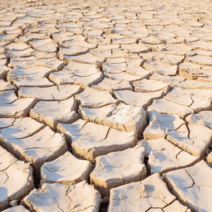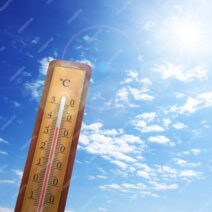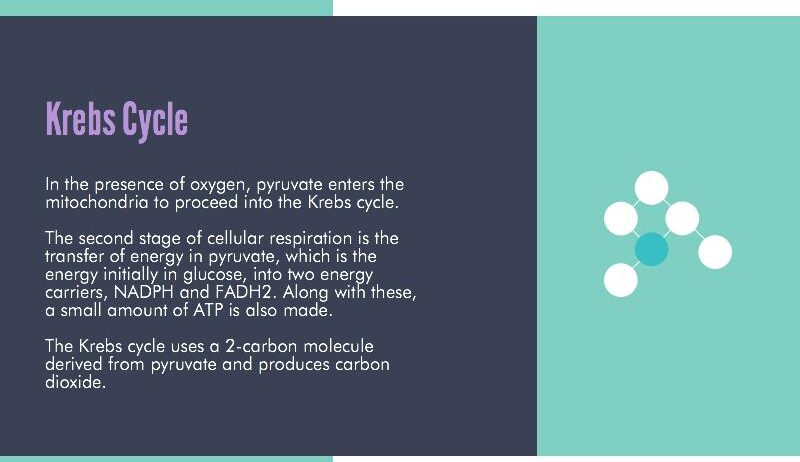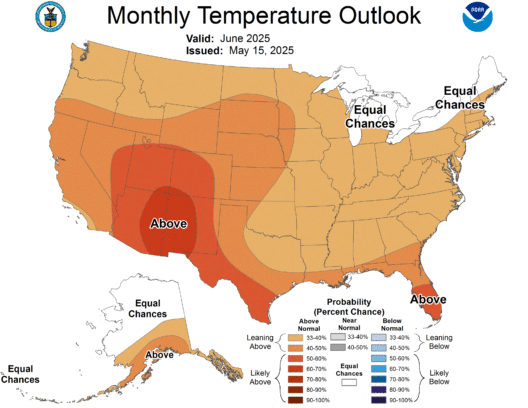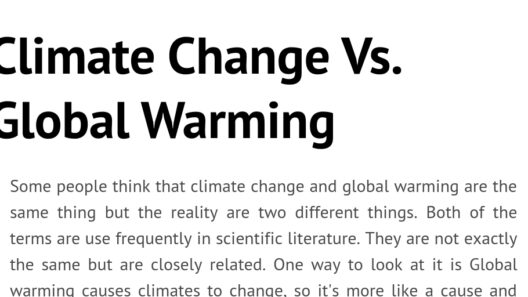The relationship between photosynthesis and respiration is a fundamental aspect of life on Earth, intricately entwined with the planet’s climatic conditions. As global warming alters the very fabric of our biosphere, its repercussions on these essential processes warrant urgent examination. Understanding the nuances of how these processes interact under changing climatic conditions can inspire transformative approaches to conserving our environment and adapting to new realities.
Photosynthesis, at its core, is the remarkable process by which green plants, algae, and certain bacteria convert sunlight into chemical energy. They harness light energy to transform carbon dioxide and water into glucose and oxygen, thus serving as the basis of the food chain. This quintessential mechanism not only sustains plant life but also produces the oxygen necessary for most living organisms on Earth. Simultaneously, cellular respiration occurs in nearly all organisms, including plants, where glucose is broken down with oxygen to release energy, producing carbon dioxide and water as byproducts.
However, climate change affects both these processes significantly. Rising global temperatures, altered precipitation patterns, and increased levels of atmospheric carbon dioxide coalesce to create a complex web of interactions that challenge the status quo of these vital biological functions. As temperatures rise, photosynthesis is subjected to stressors that can inhibit its efficiency. Intense heat can cause stomata, the microscopic openings on leaves, to close to prevent water loss, concurrently reducing carbon dioxide intake necessary for photosynthesis. This compromise can lead to reduced crop yields, threatening food security around the globe.
In addition, elevated carbon dioxide levels do not uniformly benefit all plant species. Some fast-growing, invasive species may thrive, overpowering native plants, thereby diminishing biodiversity. As ecosystems shift, the symbiotic relationships between plants, animals, and microbes may become unsettled, further complicating the interconnectedness of life. The effect on photosynthesis extends beyond immediate yield concerns; it destabilizes entire ecosystems, altering nutrient cycles and affecting the overall health of the planet.
Moreover, global warming induces more frequent and severe weather events. Droughts, floods, and storms disrupt the delicate balance of ecosystems, affecting both photosynthesis and respiration. For instance, prolonged drought conditions can lead to water stress, exacerbating the impact on stomatal function and thereby photo-synthetic efficiency. The resulting energy crises from stunted growth ripple through food webs, threatening a cascade of impacts on herbivores, predators, and ultimately humans.
Cellular respiration is also intricately affected by climate changes. While it may seem that elevated carbon dioxide would directly enhance respiration in plants by providing more substrates, the reality is more complex. Healthier plants tend to respire in a manner proportional to photosynthesis. If photosynthesis falters due to temperature stress or drought, respiration can exceed the available supply of glucose. This imbalance can lead to a severe decline in plant health, impairing growth and increasing mortality rates.
The implications of impaired respiration extend to herbivores and predators, who rely on plants for sustenance. The metabolic processes that drive life depend on an ample supply of energy derived from plant life, making the overall ecosystem susceptible to destabilization. As carbon diets dwindled in various species through these changes, predatory animals would also experience a decline in their own health, further exacerbating the ripple effects within the food chain.
In terms of greenhouse gas emissions, the intersecting relationship between photosynthesis and respiration plays a critical role. Forests, often dubbed the lungs of the planet, sequester massive amounts of carbon dioxide through photosynthesis. When forests are disrupted by climate change, as seen through deforestation or shifts in forest composition, the resultant decrease in photosynthetic capacity leads not only to diminished carbon capture but also to increased emissions from respiration processes in the decomposing matter in these ecosystems.
The consequences are alarming. Look beyond the immediate ramifications, and we can observe a potential tipping point where climate feedback loops may exacerbate the current trends. For example, as global temperatures rise, increased respiration rates of soil microorganisms contribute further greenhouse gases to the atmosphere. This amplifying cycle could lead to a future where climate change becomes self-perpetuating, challenging the resilience of our planet’s systems.
However, not all hope is lost. Understanding the delicate balance between photosynthesis and respiration highlights the potential for positive change through sustainable practices and innovative technologies. Employing agriculture methods that promote biodiversity can enhance resilience against climatic shifts. Techniques such as agroforestry, cover cropping, and holistic land management can invigorate soil health and maintain productivity even in the face of formidable climatic changes.
Additionally, reforestation and afforestation initiatives stand as potent strategies for enhancing carbon sequestration potential. By restoring ecosystems and creating new forests, we can reinforce the planet’s capacity to absorb and mitigate carbon emissions, fostering a positive feedback loop for the health of our environment. Grounded in scientific understanding, these practices equip us with the tools necessary to combat the pressing challenges posed by global warming.
As stewards of the Earth, it is imperative that we foster a deep understanding of and respect for the interwoven relationship between photosynthesis and respiration amid changing climate dynamics. The breath of life—our plants and ecosystems—demands urgent attention. Promoting sustainable practices and shifting our perspectives are essential steps for preserving the intricate equilibria that sustain our planet. The time to act is now, not only for ourselves but for the myriad species that rely on these vital processes for survival.
